Activism
/
StudentNation
/
July 1, 2025
Around 4,000 members of the University of Oregon Student Workers went on strike in April, winning the first contract that covers every undergraduate worker at a public university.
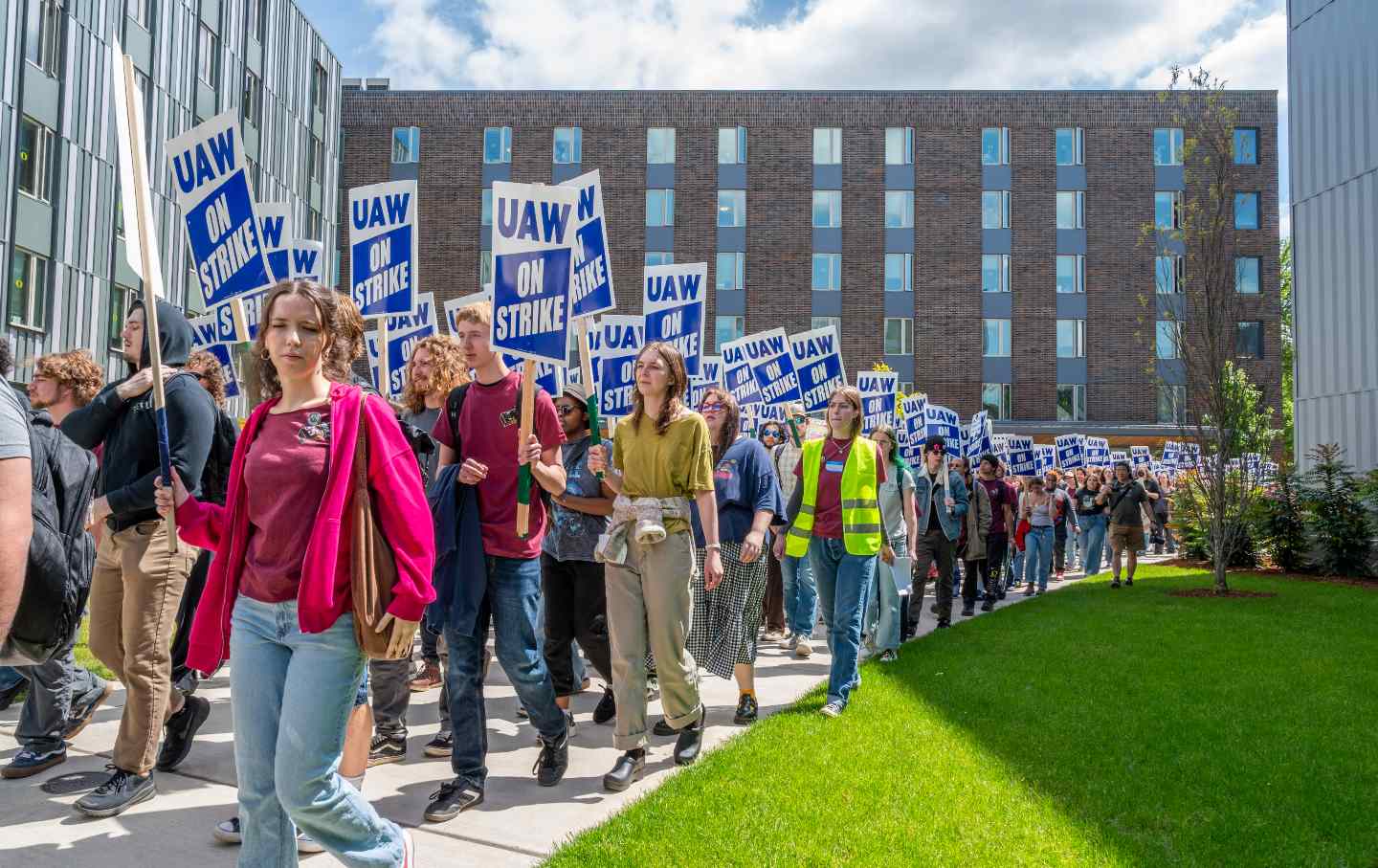
Members of the University of Oregon Student Workers during its historic strike.
(Robin Bailey)
“We will leave after we share our testimony,” said Mae Bracelin through a megaphone, cutting off the dean of students at the podium. “I have seen the discrimination that my coworkers face. I have seen that my coworkers are unable to pay their rent at the end of the month, are unable to eat,” she continued, as the staff and faculty seated around the room squirmed. “I have seen the sexual assault that they face from coworkers, that they face from students. This cannot be allowed to continue.”
Lining the walls of the room, dozens of her comrades cheered. This was April 29, the second day of the University of Oregon Student Workers’ historic strike. Eight days later, they would win the first union contract in the nation covering every undergraduate student worker at a public university.
The union (UOSW-UAW) initially evolved from the university’s chapter of the Young Democratic Socialists of America. Many members got campus jobs specifically to organize (a tactic known as salting), and by April 2023, they had over 2,000 union cards. They requested a representation election, which the Oregon Employment Relations Board held in October. Of the workers that voted, 97 percent supported the union. The following May, they began bargaining with the university.
The campus environment and student workers in particular presented challenges to organizing. For one, the idea of a union was entirely new. “By and large, our union is made up of first-generation, marginalized people who need to work to go to school, who have never [been told that] they are worth a contract,” said Robin Bailey, a journalism major and UOSW organizer with two campus jobs. Students in large workplaces (dining halls, dorms, libraries) had many coworkers and worse working conditions, which made organizing easy. They have been the most militant while those in isolated workplaces (academic departments, labs) would rarely see their coworkers and had better conditions, which made it exceedingly difficult.
Additionally, union organizers were stretched thin. Between classes, work, and union meetings, they had trouble finding time to organize. During the strike, Bailey was forced to drop a class because of the time he was dedicating to the union.
It was apparent early on that contract negotiations would end in a strike. “I cannot overstate how stonewalled we were.… We bargained for eight months…and we had two [articles], which is nothing,” said Victoria Robinson, a library worker and member of the UOSW Executive Committee. In March, the union voted overwhelmingly to strike.
Current Issue
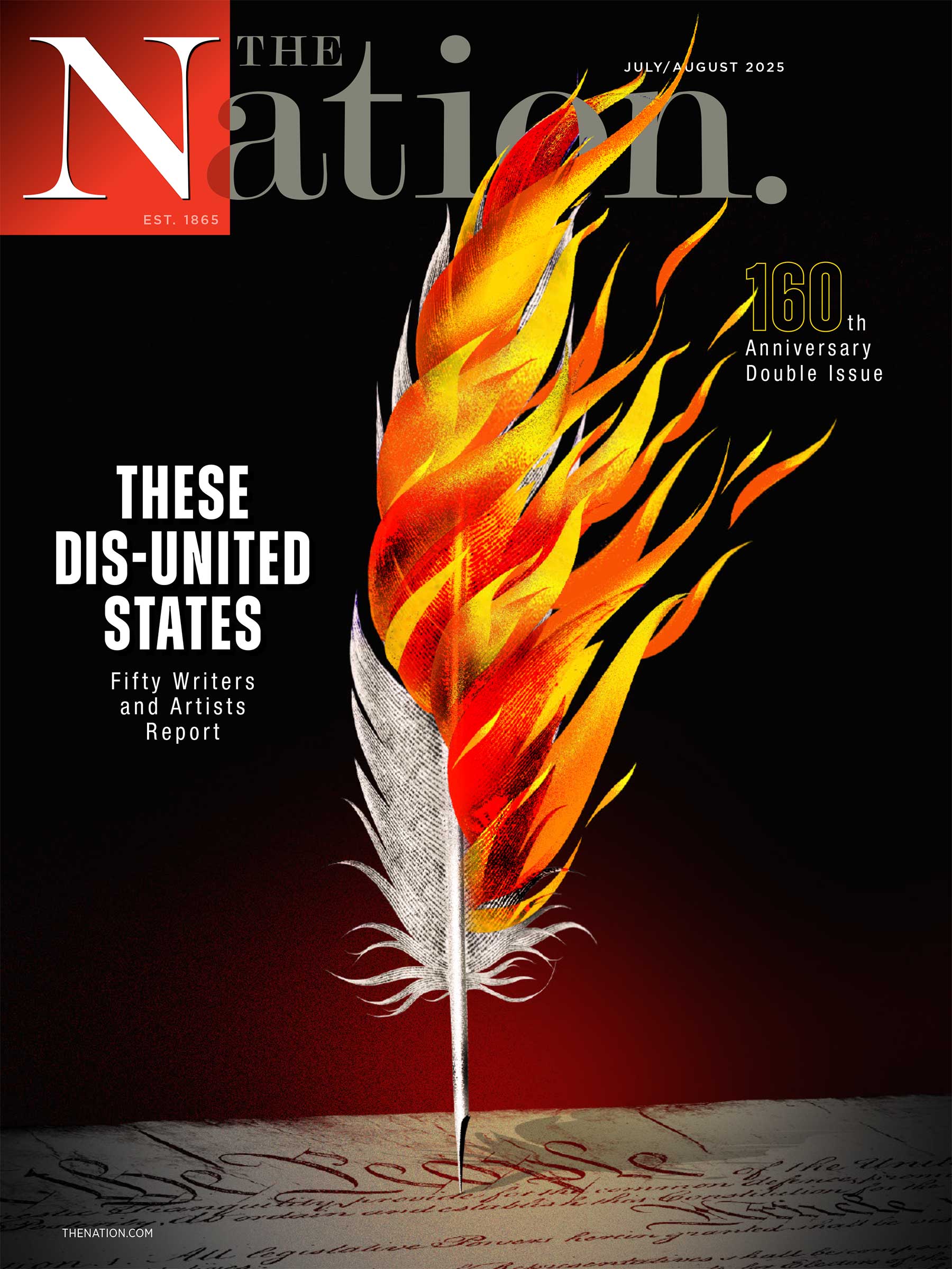
“We said ‘a successful strike is visible, disruptive, and short.’’’ Though Robinson and others were worried about achieving that, she believes that they succeeded. She estimates that around 50 to 60 percent of workers struck while 25 to 30 percent joined picket lines. “We were very disruptive,” she said, and their actions drew attention from the university, local media, and politicians.
A unique element of the strike was its reliance on direct action. On four occasions, groups of striking workers protested university events—including disrupting the summit with the dean of students. “The general tactic [was] go in, fill the room, give speeches, leave,” said Bailey. The university responded by threatening legal and disciplinary action.
After striking RAs received housing charges “between $2,500 and $5,000” and had their meal points revoked, they briefly set up an encampment on a campus lawn. The union then held an event where striking RAs gave speeches. (The housing charges were later reduced.) Finally, on May 5, 54 workers remained in Johnson Hall after it closed at 5:30 pm. According to Bailey, who was part of this autonomous group, the sit-in was unplanned. They were “nervous about the contingency of the picket line” and felt they needed “something drastic.” Their demand was arbitration for harassment and discrimination grievances. Around 10:30 pm, riot police from the Eugene Police Department arrived to remove the students, who took a vote to leave voluntarily.
On May 7, both sides reached a tentative agreement, which workers ratified a week later. It included a $16 wage floor ($16.35 for dining halls), no probationary period, arbitration for harassment and discrimination. There were also significant disappointments, including the amount and timing of pay (workers had been demanding a wage floor of $18.50 and biweekly pay). The agreement also splits RAs into multiple positions with lower compensation. “Some RAs are probably going to come out of this like ‘this fucking sucks, why didn’t UOSW win us 100 percent?’” said Bailey. “We really tried, and that’s a fight for our next contract.”
The University of Oregon is not the only public college to see union cards and picket signs in recent years. Joseph van der Naald is a PhD candidate who has coauthored several publications on unionization in academia at Hunter College’s National Center. As he explains, universities have moved away from hiring tenure-track professors, creating a large class of adjuncts. Graduate and undergraduate students are increasingly doing work previously handled by professors, while the burden of debt pushes more students into campus jobs. “These institutions are becoming much more like private-sector corporations.”
Popular
“swipe left below to view more authors”Swipe →
Currently, there are at least 30,000 undergraduate student workers represented by unions in at least 35 bargaining units across the country. Although 30 of these bargaining units are at private universities, upwards of 25,000 of the students are at public institutions. (These estimates are based on the National Center’s comprehensive lists with the addition of units that appear to have been omitted.)
With around 4,000 members, UOSW is the second largest bargaining unit and the largest to have gone on strike and won a contract. It is also a wall-to-wall union, meaning it covers all student workers, not just RAs or dining hall workers like many units, and is one of only a handful of units at public colleges. Unions at private institutions are regulated by the NLRB, which may be actively hostile or defunct under Trump. While unions have focused on private colleges, this pattern could soon change. On the other hand, public institutions are regulated by state labor laws, which are generally friendly in blue states (though prohibitively hostile in red states). According to van der Naald, unions are highly attuned to legal circumstances like these.
Public universities also hold the potential for organizing at a massive scale: 100 of the 120 largest institutions in the country are public. One union taking full advantage of this is SEIU, which won an election to represent 20,000 student workers at 23 campuses in the California State University system last year. The union isn’t done yet, with a campaign ongoing at Portland State University. Another group also has ambitions for student worker organizing. The YDSA Labor Committee has trained student organizers (including UOSW) in their Red Hot Summer program since 2022. According to YDSA National cochair Carlos Callejo III and UOSW organizer Carolyn Rodrique, they are involved in “over a dozen active campaigns [ranging] from large public universities to small liberal arts colleges.” In February, they notched a win when 1,100 student workers won recognition at Macalester College.
But no matter who takes up the mantle of student worker organizing, they are likely to face the same challenges as UOSW: organizing workers that are new to the idea of a union, change jobs frequently, are divided between concentrated and scattered workplaces, have limited time for union activities, and are at the mercy of their employer in countless ways.
Since three in five Americans have attended college, some see student worker organizing as key to the future of the labor movement. For YDSA, it is “a launching pad for building a generation of class struggle organizers,” write Callejo and Rodrique. Robinson and Bailey of UOSW both shared that they looked forward to being union activists in their post-college careers. This impact can extend beyond organizers. According to Bailey, the UOSW strike was a “radicalizing moment” for “not only the average student worker but even the non-worker student.” As he explained, “it shows that when you’re not being respected, when you’re under attack, you can fight back [and] win, but [only] if you do it en masse, are strategic and really shut stuff down.”
More from The Nation
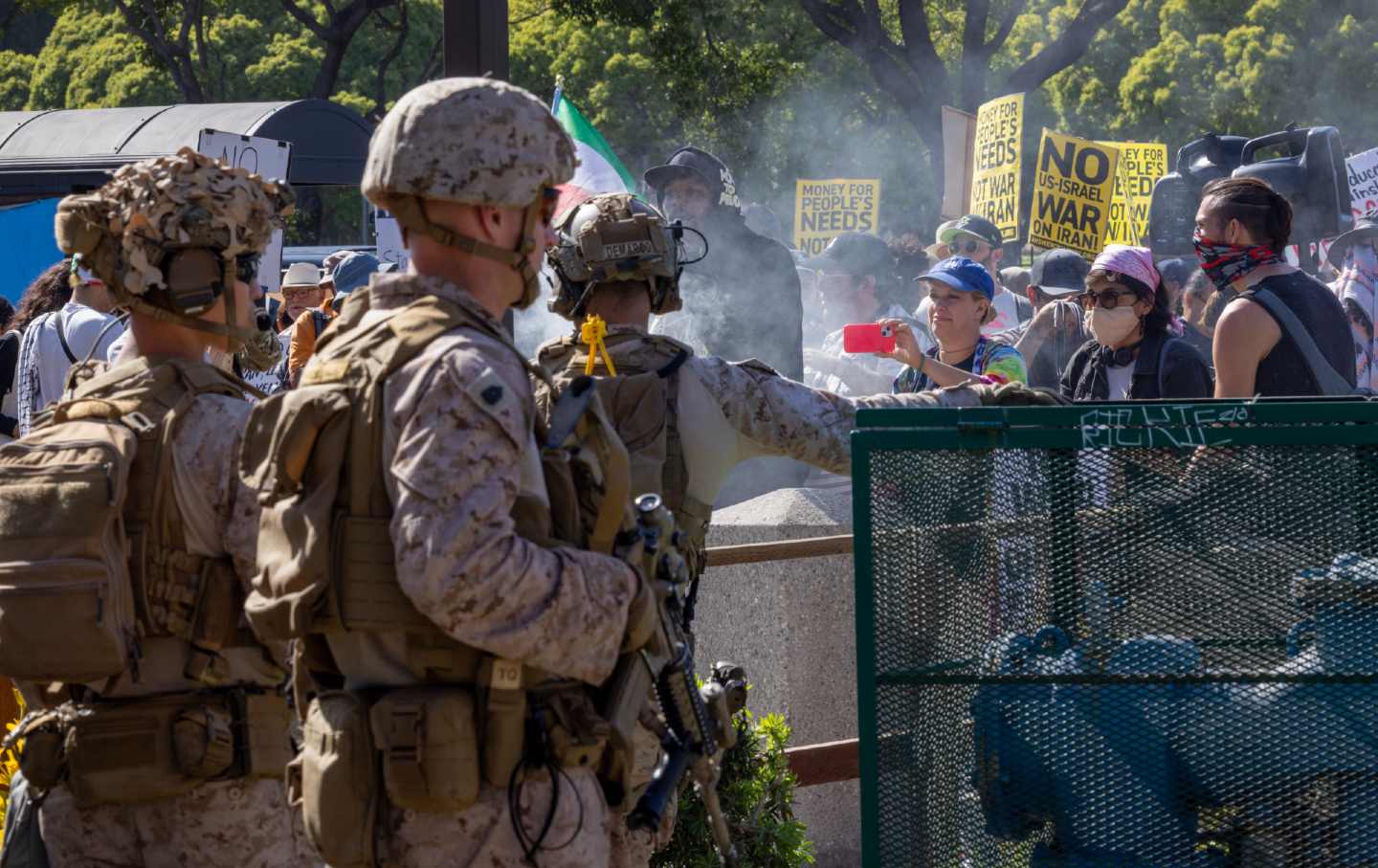
Donald Trump killed the anti-war right—but offers a chance to revive the anti-war left.
Jeet Heer
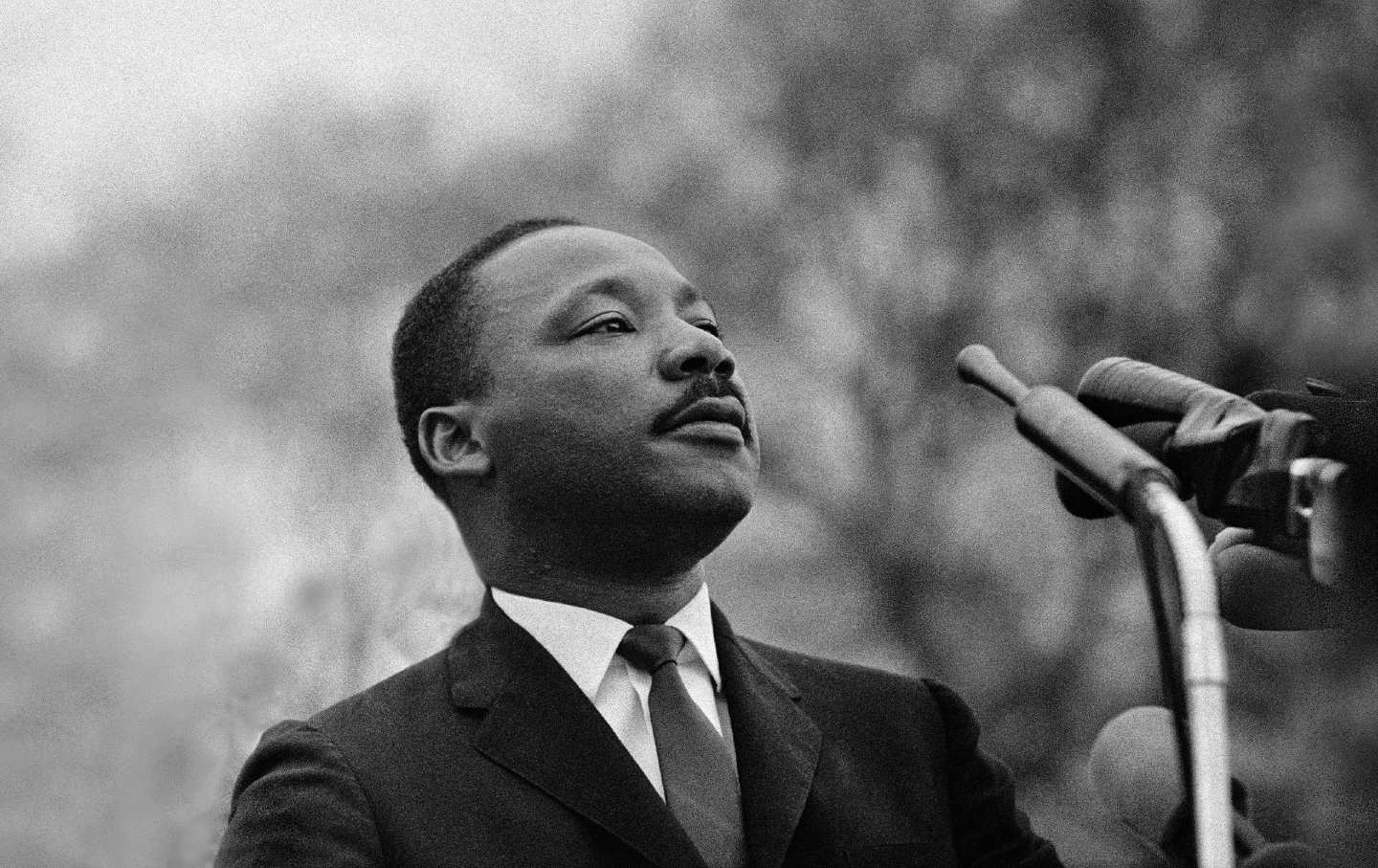
This Juneteenth we need to discard the caricatures of King that we so often see and learn from what he actually did and believed.
Jeanne Theoharis
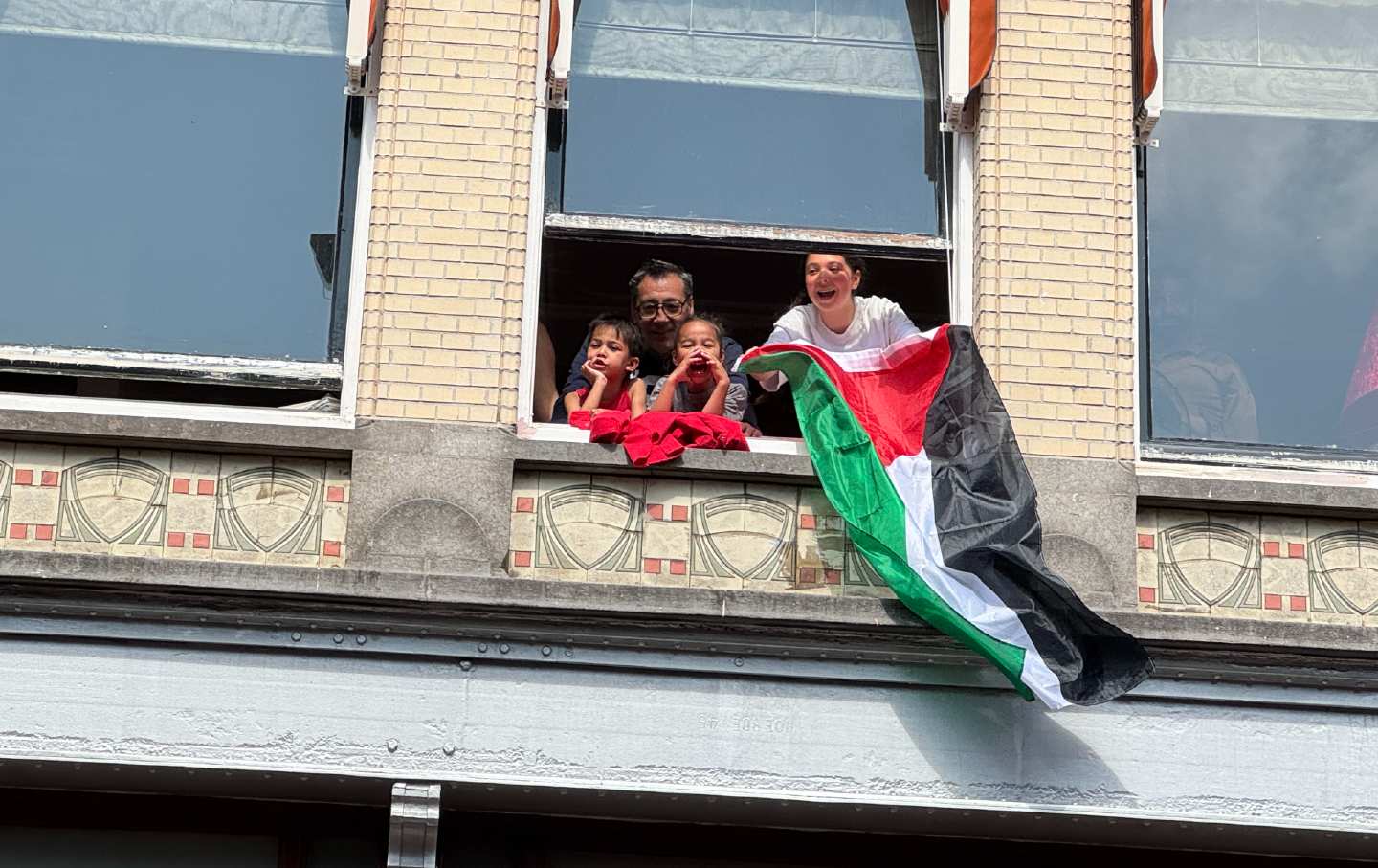
Israel’s assaults on Iran are attacks from an actively genocidal nuclear state on an already oppressed people. We must oppose US involvement and calls for craven acquiescence.
Kaveh Akbar
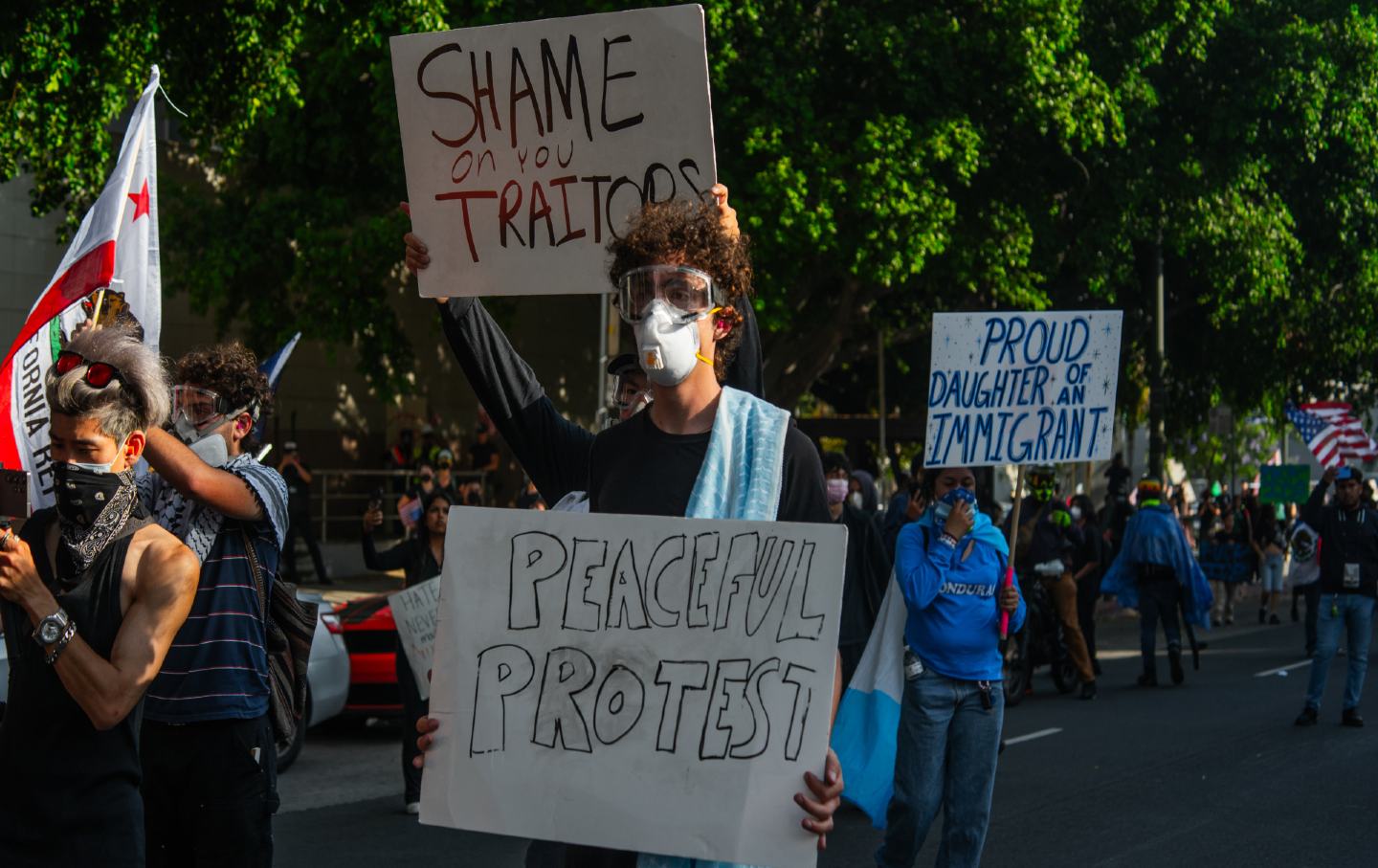
“Nos tienen miedo porque no tenemos miedo” (They fear us because we do not fear them).
Roberto Lovato
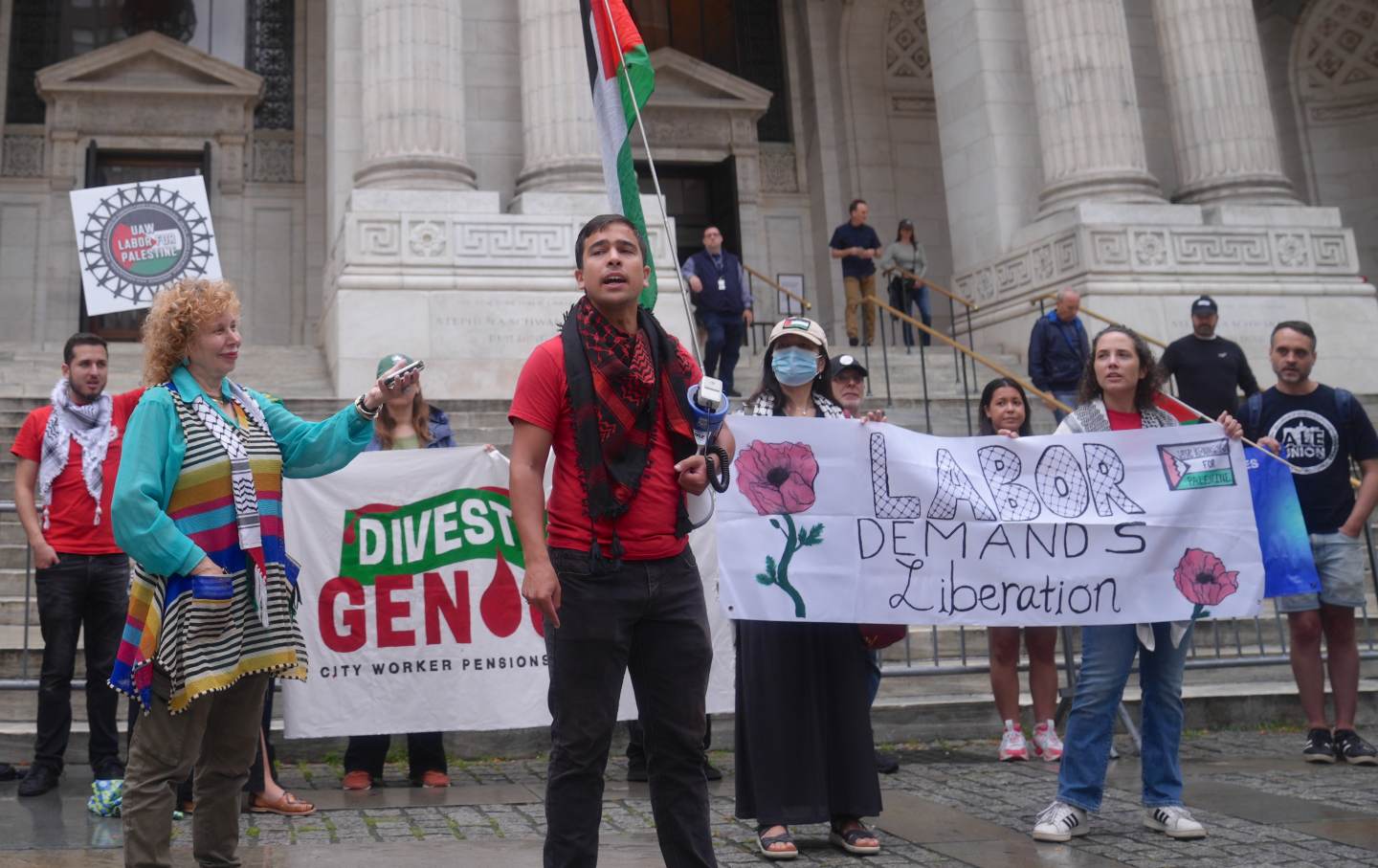
Showing solidarity with Palestine isn’t just the right thing to do, it’s tactically smart.
Jaz Brisack
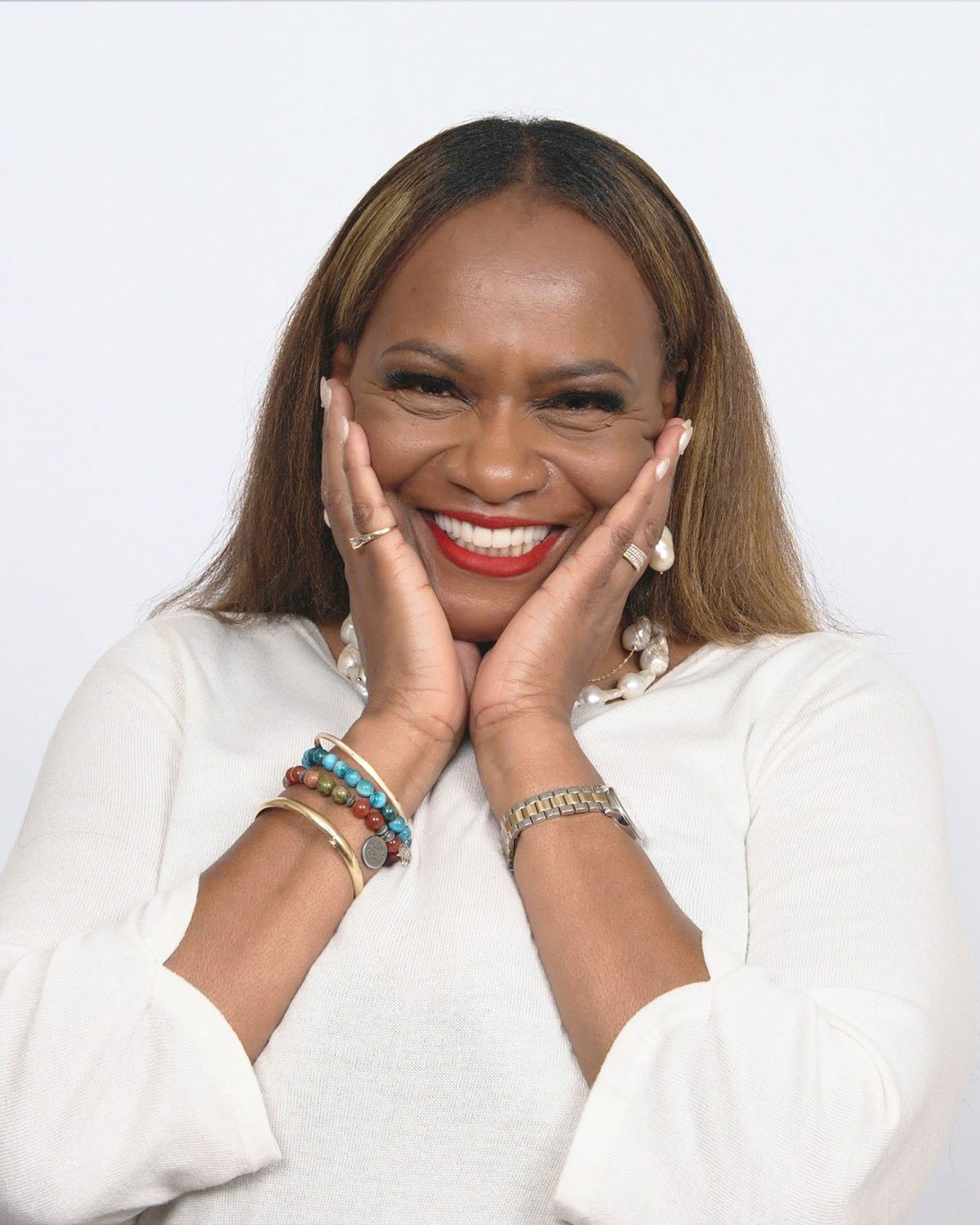
Felecia Phillips Ollie DD (h.c.) is the inspiring leader and founder of The Equality Network LLC (TEN). With a background in coaching, travel, and a career in news, Felecia brings a unique perspective to promoting diversity and inclusion. Holding a Bachelor’s Degree in English/Communications, she is passionate about creating a more inclusive future. From graduating from Mississippi Valley State University to leading initiatives like the Washington State Department of Ecology’s Equal Employment Opportunity Program, Felecia is dedicated to making a positive impact. Join her journey on our blog as she shares insights and leads the charge for equity through The Equality Network.




